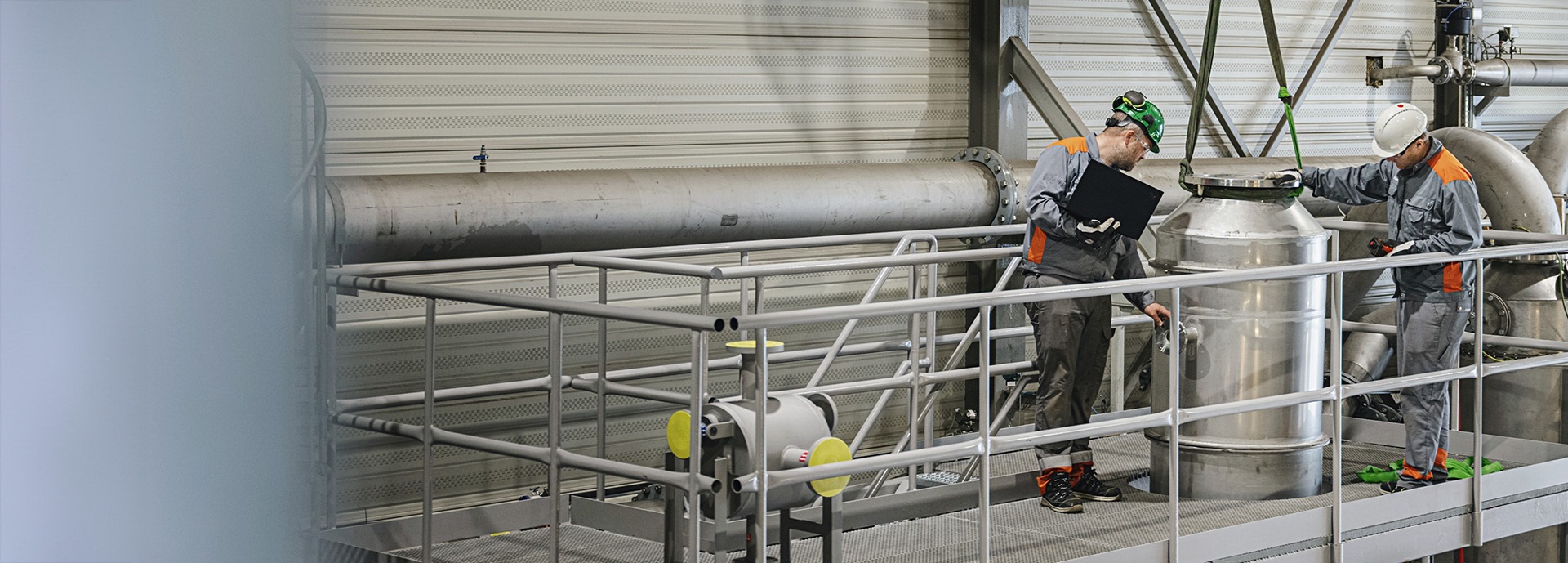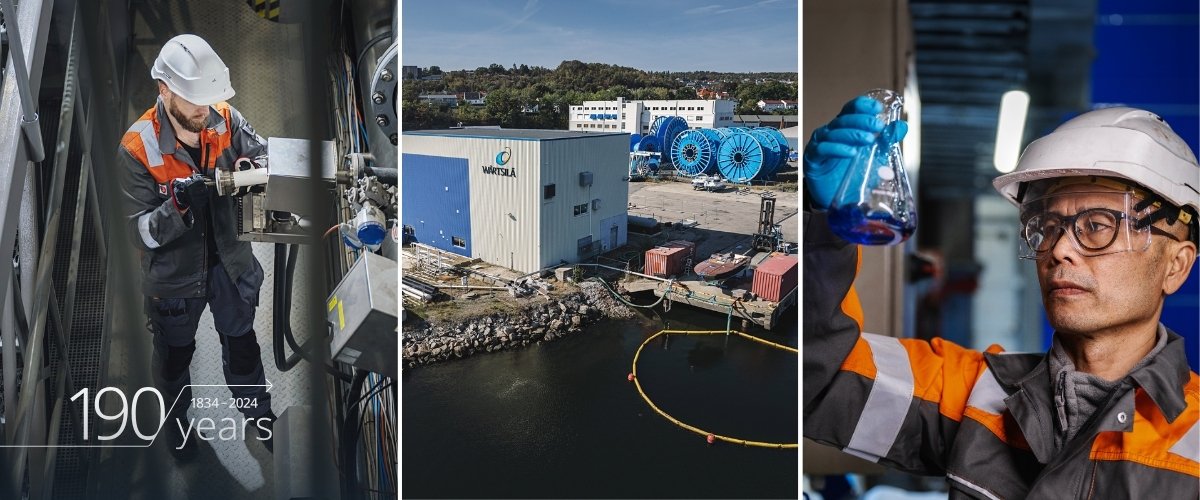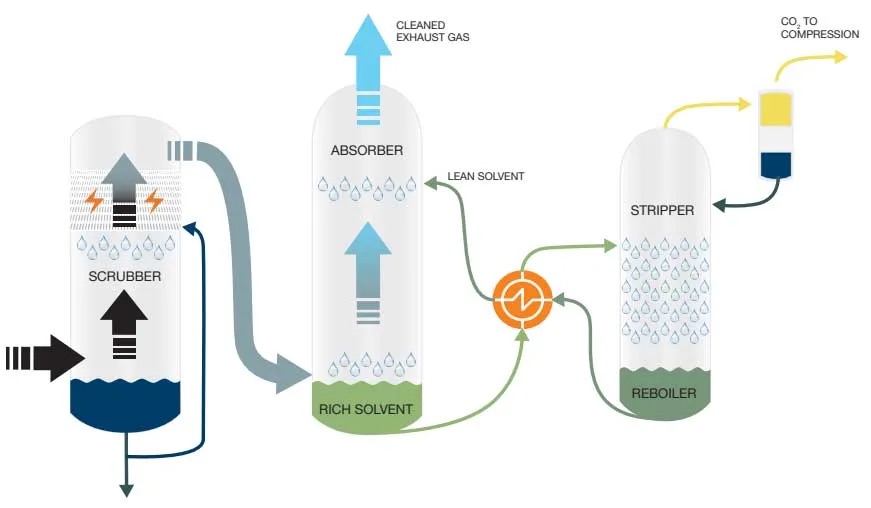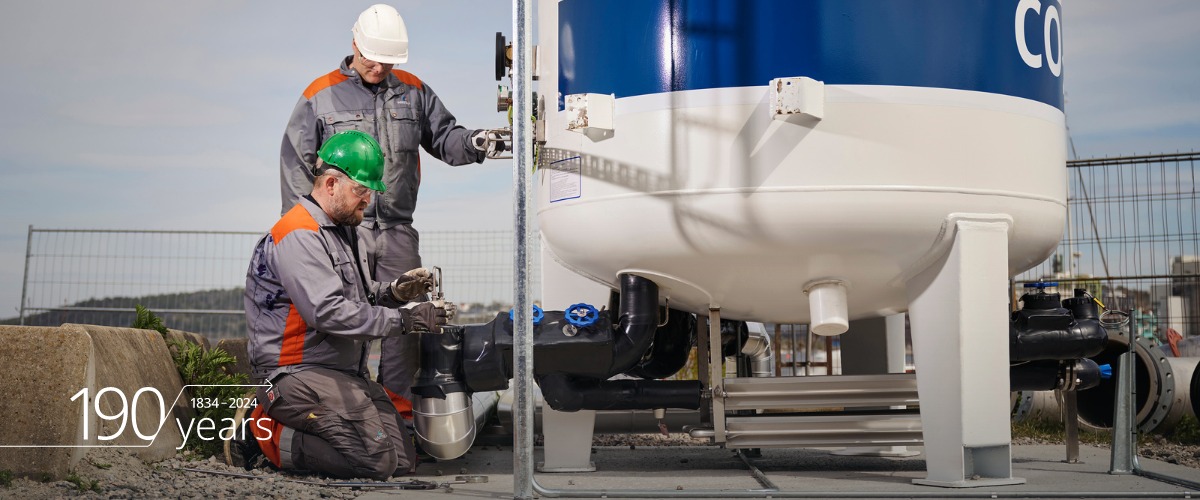

To succeed in reducing maritime CO2 emissions by 70% by 2050, the target set by the International Maritime Organization (IMO), the industry will be dependent on new innovations and technologies - most of which are currently under development.
By utilising our long-standing experience and in-depth knowledge of abatement technologies, we at Wärtsilä are contributing to these innovations by developing the industry’s first onboard carbon capture and storage (CCS) technology.

While the industry waits for future fuels to be developed and scaled up, carbon capture and storage provides an immediate opportunity for sustainable shipping. From our years of experience in SOx scrubbing and installing technologies that tackle pollutants at the point of exhaust, we are uniquely positioned to pioneer CCS in maritime, where we unlock immediate decarbonisation benefits for ship owners and operators.
We have, in fact, already reached an important milestone in bringing CCS technology to the market by successfully installing a liquefaction module and CO2 storage tank in our test facility in Moss, Norway. After two years of comprehensive testing, we proved that our technology can capture 70% of carbon emissions at the point of exhaust, creating a massive degree of optimism for the first full-scale pilot project of the shipping industry in 2024.

The next stage of this ambitious journey is to pilot the CCS system on a ship of a representative size, age, and complexity. The system will be installed on the 21k-cbm ethylene carrier Clipper Eos, owned and operated by Norwegian Solvang Shipping, for full scale testing and optimisation. This test will prove the technical viability of the system and provide vital learnings on crew training and handling in-operation. The trial will also enable us to test how the technology can integrate with land-based CCS infrastructure.
With a successful CCS pilot, further commercialisation and scaling will follow. Our CCS solution will be on the market in 2025, allowing CO2 capture on ships to have a major impact well ahead of 2030.
Did we pique your interest in onboard carbon capture and storage? Learn more about our CCS innovations in practise on the Wärtsilä Exhaust Treatment site.

